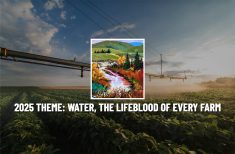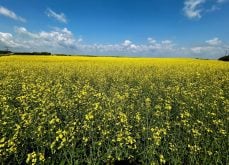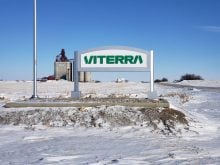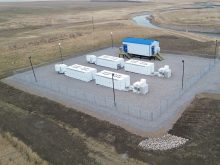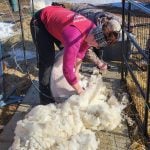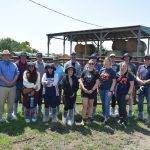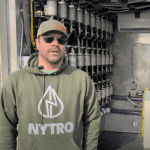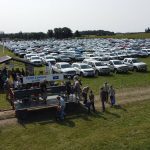More farmers may decide to burn crop residue this fall because of heavy straw and stubble.
However, Wayne Gosselin, an environmental policy analyst with Saskatchewan Agriculture, says agricultural burning should be used only as a last resort.
“Smoke can be a health hazard, burning can impact soil quality and leave the soil vulnerable to erosion, and fires and smoke can impact safety,” he said.
“The reality is, however, that in some circumstances producers may decide to burn if they see no practical alternative. This may be the case this fall. Producers may feel it is the only way or the fastest way to handle the excess straw.”
Read Also
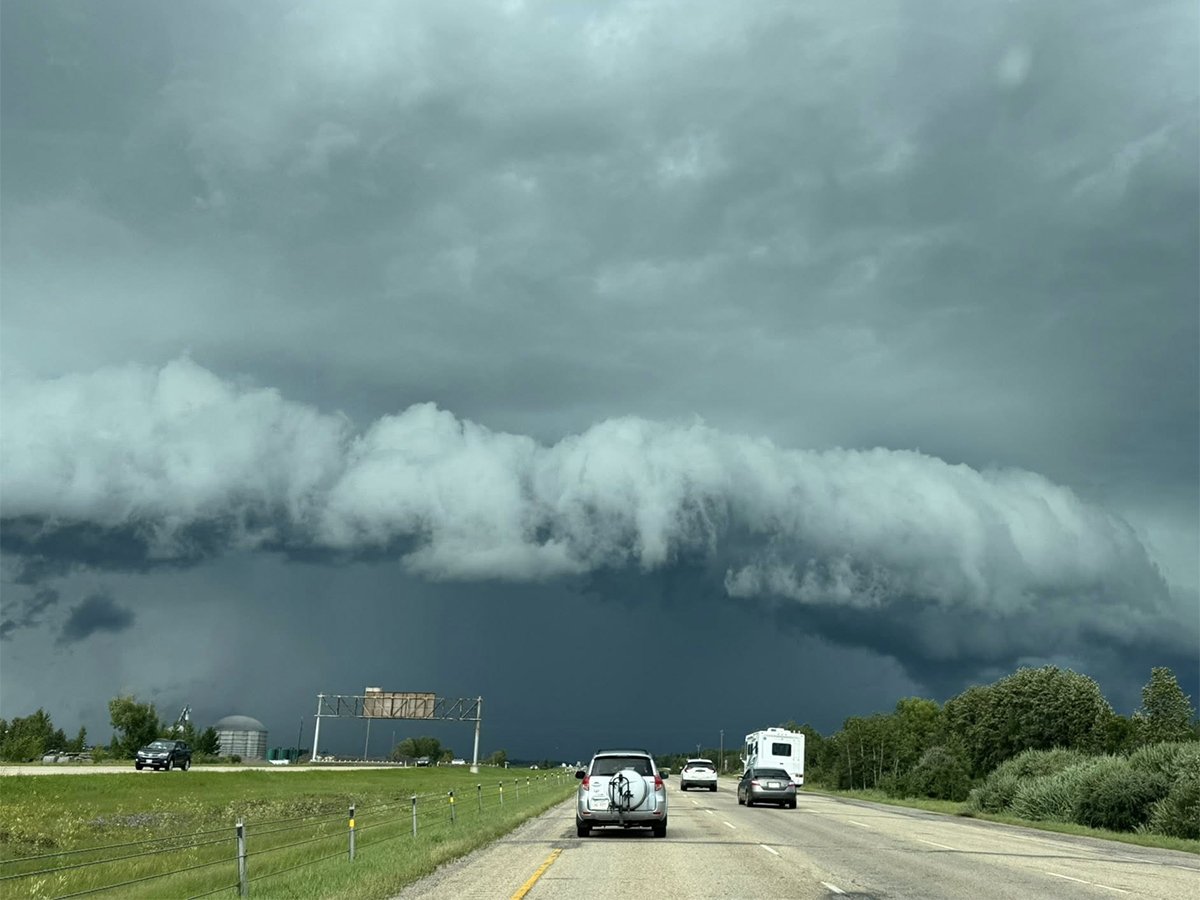
Above average temperatures expected
July was a cooler than average month right across the Prairies, with most places coming in just slightly below average.
If producers must burn, Gosselin said they should make sure they do it properly and not do it at night.
In fall, smoke can be held close to the ground at night because of the inversion of cold and warm air during evening cooling.
“While smoke may be just a nuisance to most people, it can be a serious health risk for those with respiratory problems, such as asthma and emphysema,” he said.
“Statistics show that 10 to 15 percent of the general population suffers with some type of respiratory condition.”
It is best to extinguish all fires before sunset, Gosselin said.
“If it’s necessary to burn, then please do it so that other people aren’t impacted. Smoke can drift across highways, interfering with visibility, and fires can get away on people, particularly if winds come up. There have been instances of serious losses because of agricultural burning.”
Producers who plan to burn should study Environment Canada’s ventilation index forecast before they do so. It is available on Saskatchewan Agriculture’s website at www.agr.gov.sk.ca/cropresidue/conditions/htm.
Gosselin said there are only two alternatives to burning.
“Chopping and spreading the straw on the field returns crop residues to the soil,” Gosselin said.
“Or, if there really is a surplus quantity of straw, another option may be to bale and remove it from the field for livestock use or for sale.”



